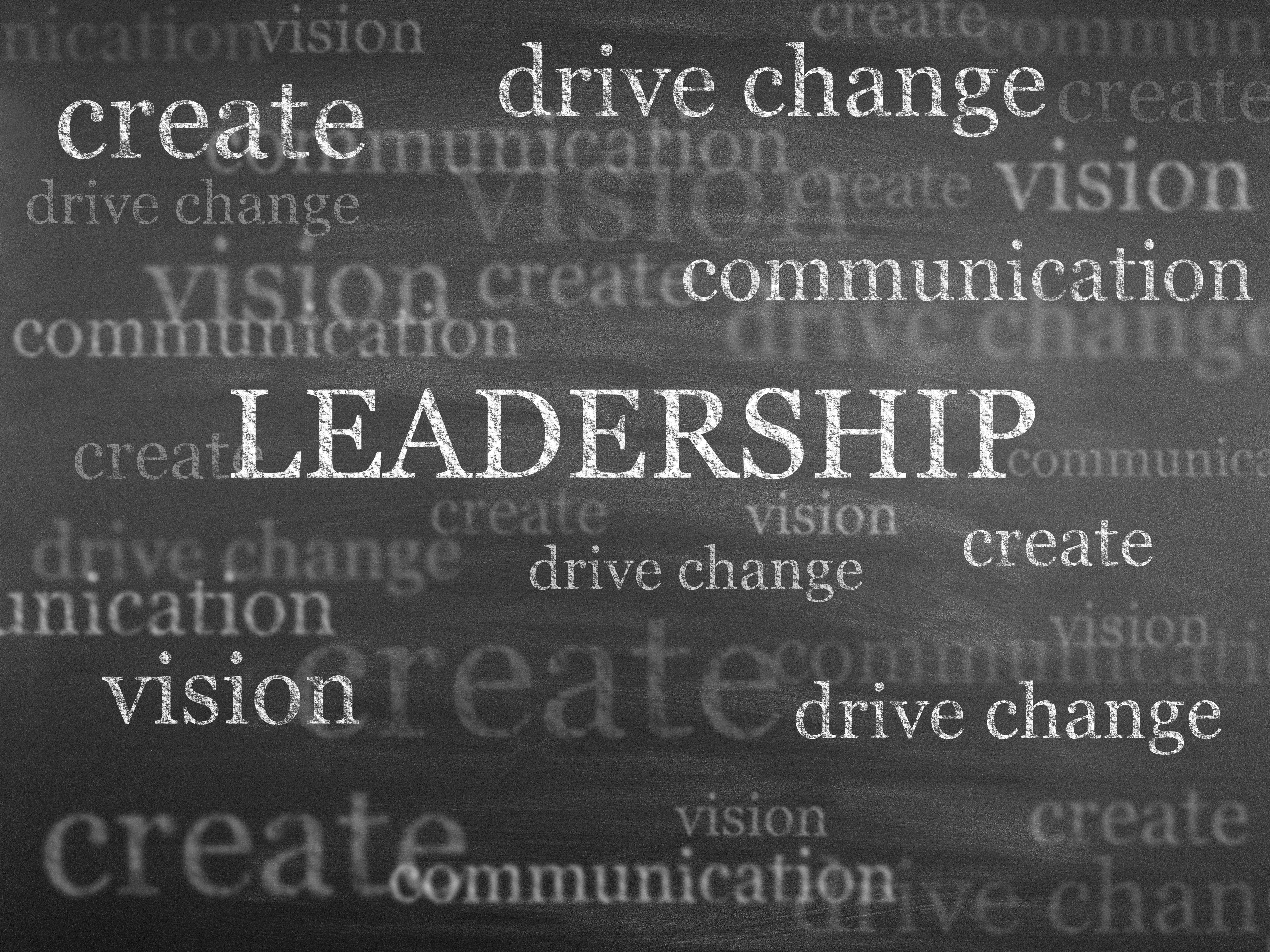 We’re at the beginning of rolling out a global leadership development curriculum for a Financial Services client and the senior leaders astutely asked how I thought they could best support their leaders as they go through this process in the coming months. It occurred to me that capturing the list of recommendations might be helpful for some of our partners in organizational development and learning. In response, I compiled this list and I hope you’ll add your thoughts in the comments if you feel I missed something. Feel free to share this with your leaders at the beginning of your next training rollout.
We’re at the beginning of rolling out a global leadership development curriculum for a Financial Services client and the senior leaders astutely asked how I thought they could best support their leaders as they go through this process in the coming months. It occurred to me that capturing the list of recommendations might be helpful for some of our partners in organizational development and learning. In response, I compiled this list and I hope you’ll add your thoughts in the comments if you feel I missed something. Feel free to share this with your leaders at the beginning of your next training rollout.
Supporting and Maximizing Learning and Application of Leadership Development
Set Clear Expectations: Before the training starts, communicate the reasons behind the training, its objectives, and what you hope to achieve. This ideally should come from the sponsor and then be reinforced by you and other direct managers.
Engage in the Training: If possible, participate in the training yourself. This not only shows your commitment to the process but also allows you to align organizational expectations with what’s being taught.
Collaborate with the Trainers: Take an active role in reaching out to the trainers to help them understand your specific objectives for your people. (As a trainer, I love the direction it gives me!) It is sometimes very easy to emphasize points throughout a program that reinforce your objectives in group or individual conversations with attendees. It’s most helpful if you can give us real examples that bring the training to life for the attendees.
Provide Resources: Ensure that your team has access to materials, tools, and support they need to implement their learnings. It’s especially important to check in right at the start to make sure no one is “limping along” without having everything they need.
Regular Check-ins: Schedule regular one-on-one meetings with each participant to discuss their takeaways, challenges, and strategies they're implementing. This creates accountability and provides an opportunity for guidance.
Encourage Peer Sharing: Create forums or platforms where team members can share their insights, challenges, and successes with one another. This could be in the form of regular team meetings, an online platform, or informal gatherings.
Provide Feedback: Constructive feedback is essential. Recognize and praise the positive changes and provide guidance when they're off track. This is what allows to individualize the learning for a specific person with unique needs.
Encourage Application: Point out opportunities for application that the leader may be missing and discuss how they will apply what they are learning situationally.
Celebrate Successes: Recognize and reward those who are effectively applying their leadership training. This not only motivates the individual but also serves as an example for others.
Create a Culture of Continuous Learning: Leadership development isn't a destination, it's a journey. Encourage a culture where ongoing personal and professional growth is valued and pursued.
Provide Safe Spaces for Risk: Growth often comes with mistakes. Ensure that your team knows that it's okay to take certain risks, and possibly even make mistakes, if they learn and grow from them.
Encourage Reflection: Encourage team members to reflect on their leadership journey, the challenges they face, and their growth areas. This can be facilitated through journaling, discussions, or personal development plans. We typically include a reflection journal in each of our curriculum rollouts.
The key to maximizing the application of leadership training is to create an environment where learning is encouraged, supported, and celebrated. With your active engagement and support, your team will be more motivated and equipped to apply their new skills and knowledge.


